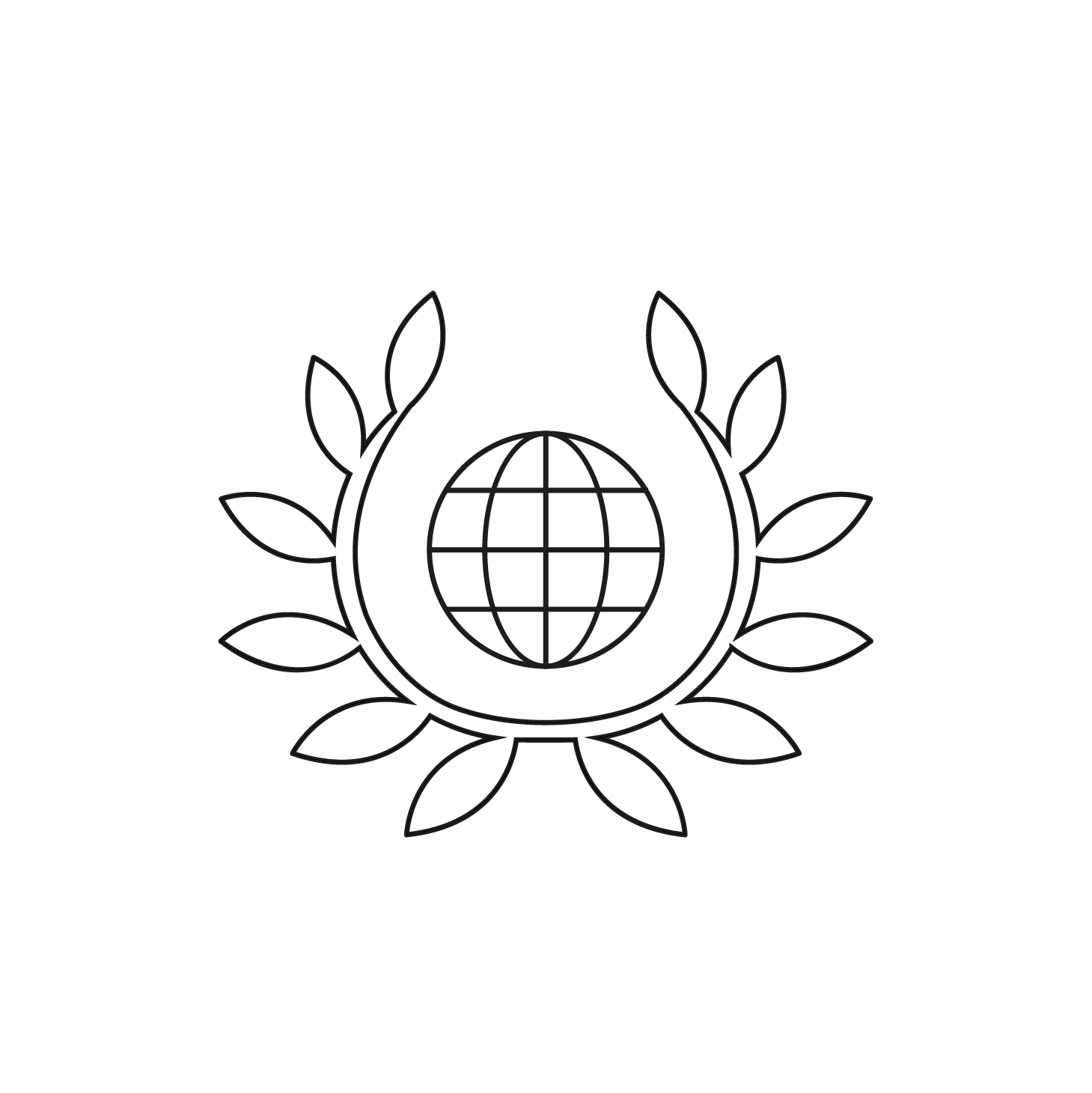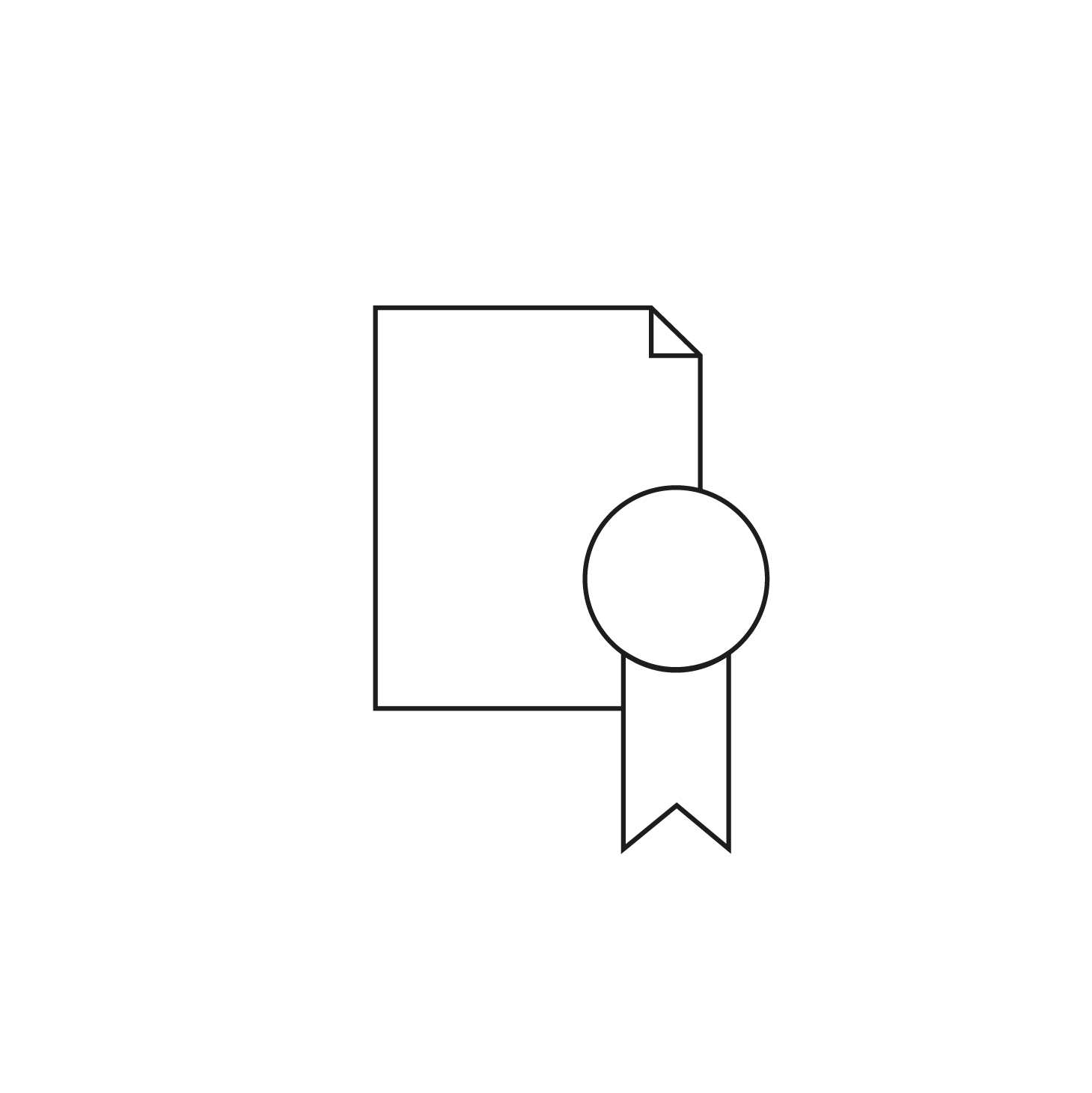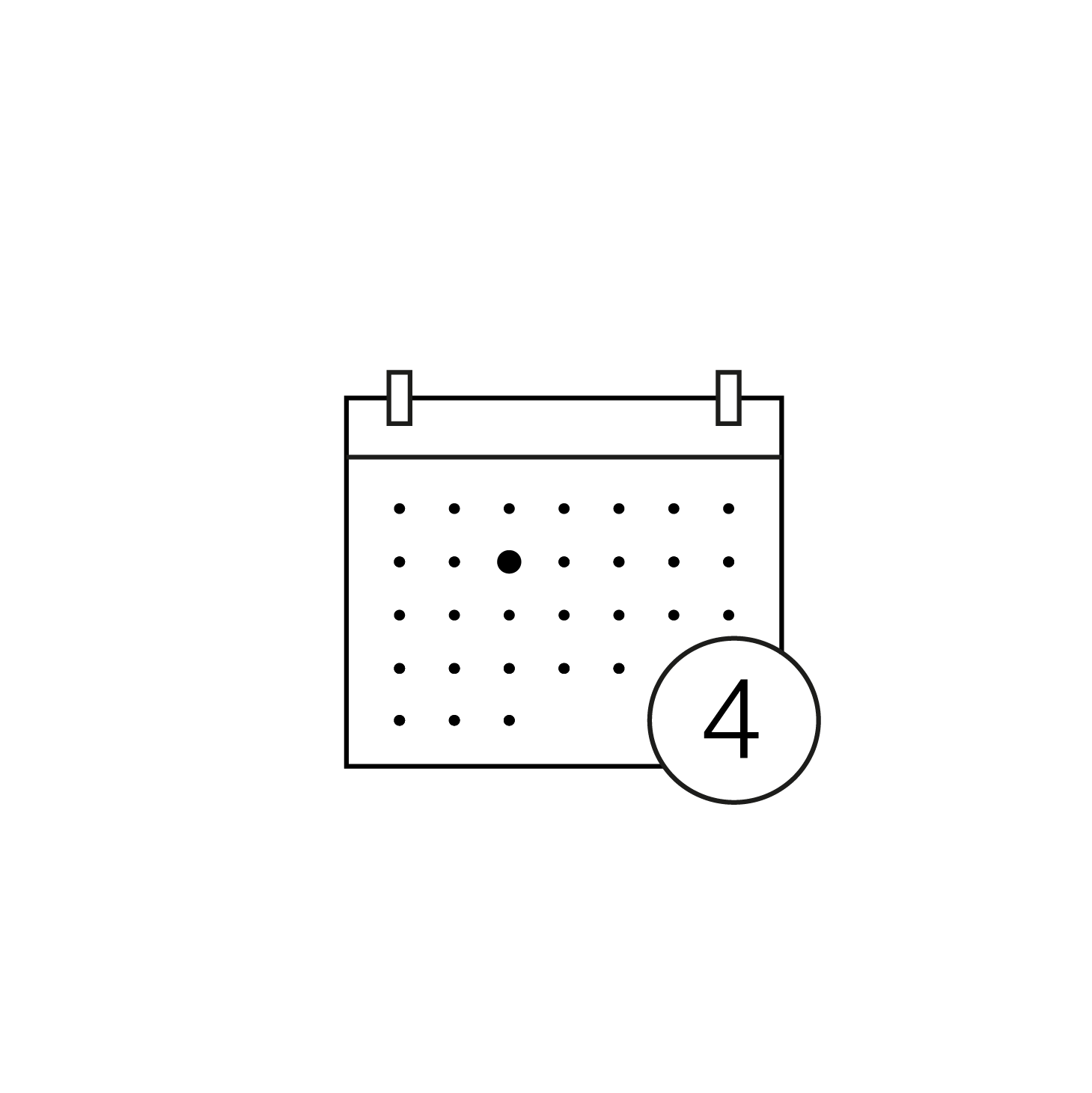With a port platform that facilitates trade, the city of Bordeaux has ensured the circulation of wine for centuries and contributes to the success of French wine production. Its undeniable quality, marked by the highest prices, makes Bordeaux wine a world reference. The fortune of this vineyard can be understood in the light of the historic French heritage it represents, but also in terms of the particular typology that can be established in its regard.
Although vines have been present in the Bordeaux region since Antiquity, the Bordeaux vineyard really took root in the Middle Ages. The 18th century, a time when artistic splendour and the opulence of meals were all pretexts for spreading royal magnificence, saw the investment of the greatest personalities of the court in this beverage become a social as well as a commercial issue. The modern era heralds the era of the wine-producing castles that are being built in the Bordeaux region. In a region where the beauty of the landscape is combined with the mercy of time, the owners settled in the heart of their vineyards to marry the art of living and business life.
Taking into account the diversity of the territory, the different types of soils and grape varieties cultivated and the different winemaking practices, the Bordeaux vineyard includes 38 controlled appellations since 2011. These official appellations, granted by specialised bodies, guarantee the consumer the origin of the wine and a certain superiority of its quality. The most prestigious Bordeaux AOCs are Barsac, Haut Médoc, Graves, Margaux, Pauillac, Pessac-Léognan, Saint Emilion, Médoc, Pomerol, Saint-Estèphe, Saint Julien and Sauternes. Prestigious houses include these appellations, such as Château Lafite-Rothschild (Pauillac AOC), Petrus (Pomerol), Cheval Blanc, (Saint-Emilion), Château Margaux (Margaux), Mouton Rothschild (Pauillac Premier Grand Cru Classe) and Haut Brion (Pessac-Léognan). This abundant production makes the Gironde the leading department for the AOCs in terms of volume. A typology of Bordeaux wine can be constituted according to the surrounding climatology, the geological composition of the soils, the grape varieties, and the work of the vine, all of which form a determining component of the vineyard. An official classification of the first growths, determined on the occasion of the Universal Exhibition of 1855 and modified by decree in 1973, has only known a few additions to the classification. Numerous abandoned attempts at classification are proof of the acute control that weighs on the vineyard to ensure its authenticity.
See more
Collectors, wine lovers and connoisseurs still find in the Bordeaux vineyards something to astonish their keen senses. Bordeaux wines have the advantage of the extreme diversity of production that combines finesse and accessibility. They include a blend of grape varieties, of which the most present are Merlot and Cabernet Sauvignon for the reds, and Semillon and Sauvignon for the whites. The intensity of the colour, the level of acidity in the mouth, the richness of the tannin, the alcohol and sugar content depend on them. The art of tasting appeals to three senses: a visual examination to appreciate the colour of the wine, an olfactory examination for the nose, and a taste examination for the mouth. A true sport for oenologists, the tasting technique allows the professional to capture the temperament of a wine and to understand its geographical and temporal space, and the amateur to be initiated into this oenological universe.
Perfectly adapted to the meticulous science of tasting, Bordeaux wine is also a faithful companion to meals in that it goes divinely with French cuisine. Victims of a timeless success, the great houses of Bordeaux are the guardians of a bouquet of variable and delicate flavours. Each vintage brings us different tones, each plot of land has its own properties, each vine has its own personality. These houses, very present on the scene of our auctions, present wine productions whose rarity and accessibility are universally recognised as undeniable qualities, allowing the Claude Aguttes study to gain the loyalty of a prestigious international clientele.







